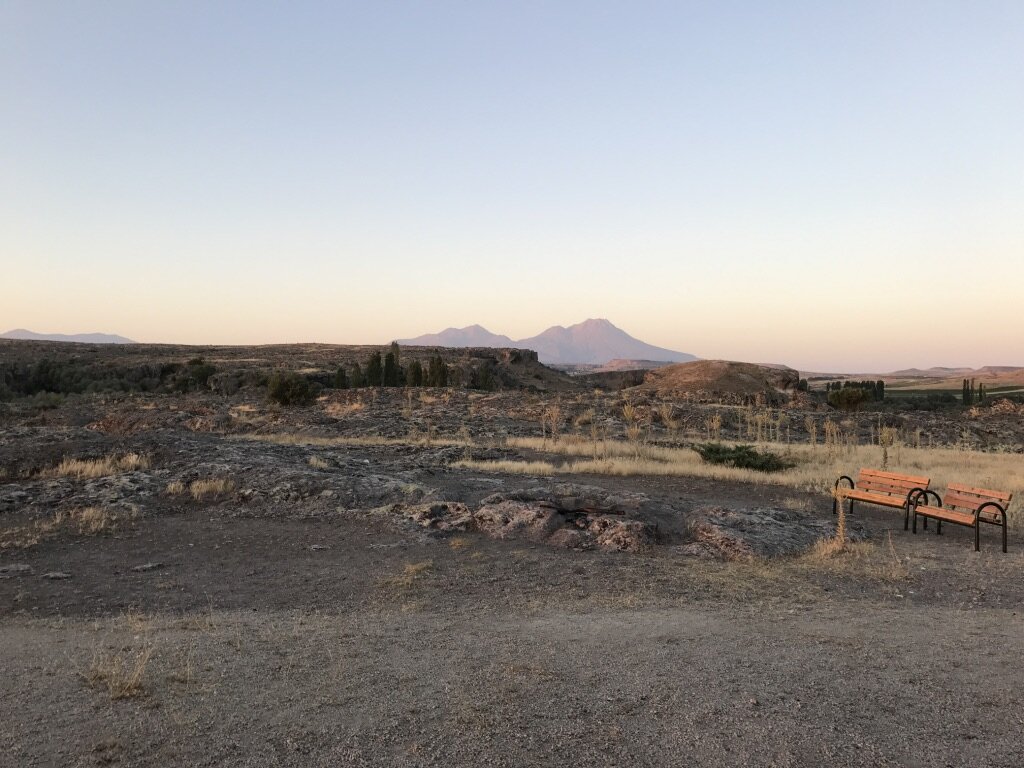
The GP3 Lab
Geochemical Perspectives on Paleoclimatology & Paleoceanography Laboratory
News and Updates
1) The GP3 Lab is recruiting! Check out the “Opportunities” page for more information if you are:
Interested in pursuing a M.S. or Ph.D. focused on studying the Earth System in the past.
A Lehigh undergraduate who will be around for the 2025-2026 academic school year and would like some research experience.
About the GP3 Laboratory
Our group performs research spanning the fields of paleoclimatology, paleoceanography, geology, and archaeology. To investigate this broad range of topics, we combine geochemical measurements (with a specific focus on noble gases) with climate modeling and field work. This interdisciplinary approach allows us to investigate a variety of questions, such as:
What was atmospheric and ocean circulation like during a warmer-than-present world?
How did the land, ocean, and atmosphere interact over the last several million years?
Can we identify new feedbacks between the climate system and ever-changing landscapes?
What can we learn about past civilizations from the chemistry of archaeological sediments?